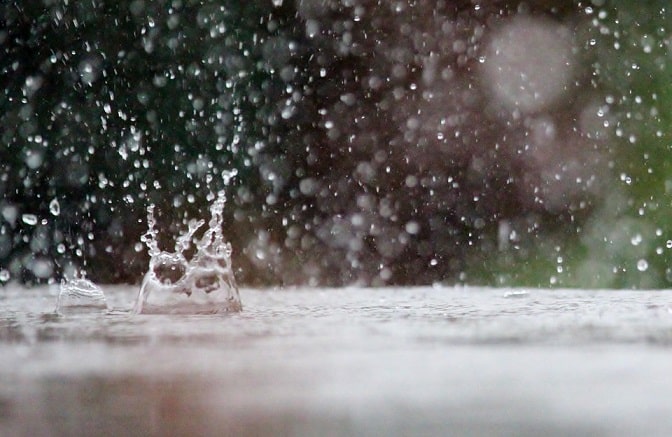If people in London keep up their water-wasting habits, there simply won’t be enough water to fulfil our demands in the future, and more significantly, we may have to start paying an even higher price for water. If this keeps up, we may have no choice but to start paying more. We have to learn to conserve water and become knowledgeable about collecting rainwater.
What exactly is the act of harvesting rainwater?
The process of collecting, storing, and distributing rainwater is referred to as “rainwater harvesting.” This water can be used in place of tap water in any and all applications. It would be foolish and wasteful to use drinking water for other purposes, such as watering our lawns and flushing our toilets, particularly in view of the growing population and the limited supply of water. Using a rain barrel to collect rainwater is an easy way to green your home and reduce your impact on the environment.
The several advantages that can be gained by harvesting rainwater
- It is a completely cost-free source of water.
- Water stored in water tanks provides you with water security in the event that the water supplied by the municipality is turned off for any reason at all.
- It lessens the likelihood of floods and erosion brought on by runoff from storm water.
- The collection of rainwater is an environmentally responsible practise.
- A rainwater harvesting system can be readily installed in an existing building or constructed during the building of a new house. ¢ The process makes use of straightforward technologies that are not only economical but also straightforward to maintain.
You may collect one litre of water per one square metre of roof area with just one millimetre of rainfall if you make sure that your gutters are positioned in such a way that they funnel rainwater into rainwater tanks. The amount of usable water that may be collected from an annual rainfall of 500 millimetres on a roof area of fifty square metres is twenty-five thousand litres (40 litres per day for 625 days). There is a wide range of capacity for water tanks, starting at 260 litres and going as high as 20,000 litres.
Things to think about before purchasing a water tank as an investment
- If you want to avoid losing water due to evaporation, make sure the water storage tank you buy is totally airtight before you buy it. Whether you want to use a pipe or a gutter for the water to enter, you will need to do so.
- Ensure that the tank has a filter to catch leaves and twigs that fall down the gutters, as well as an overflow; ¢ Ensure that the tank has a warranty; high-quality models typically come with a guarantee that lasts for five years.
- To ensure that the tanks are able to survive even the most severe climatic circumstances, one should only make use of the highest quality raw food grade material.
- To prevent the growth of algae and maintain the cleanliness of the water that has been preserved, the tanks need to be resistant to ultraviolet light and lined with carbon black.
Living-Water is your source for water cooler sales as well as water dispenser rentals in London.






